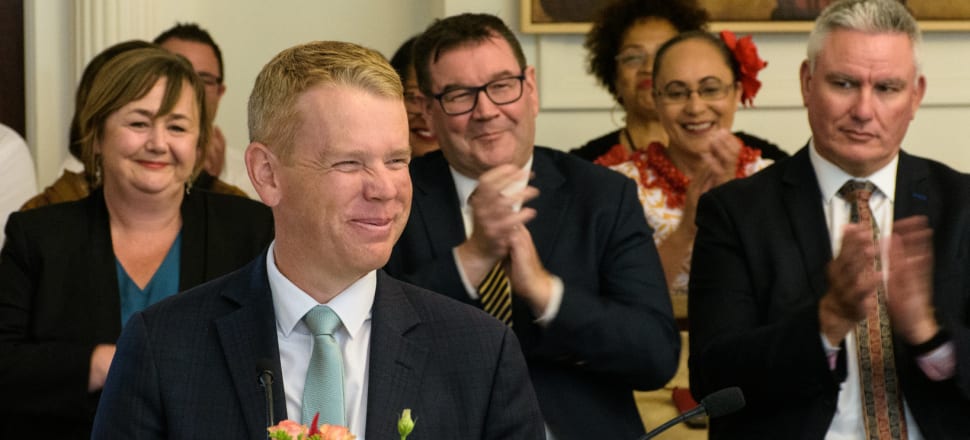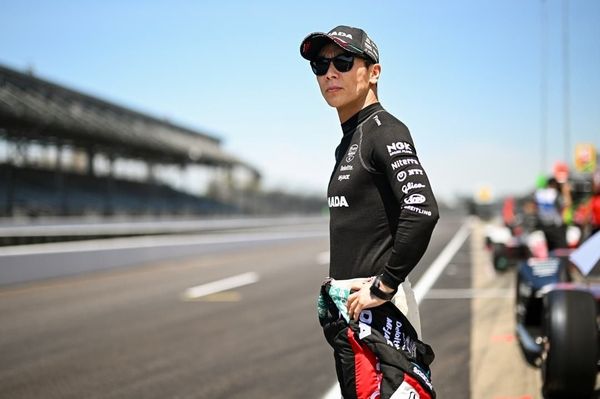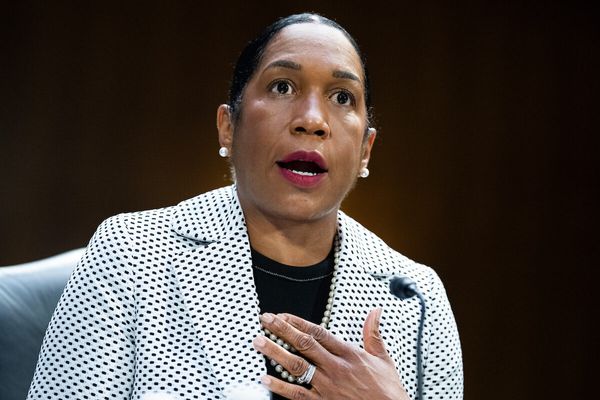
Unless a policy reset deals decisively with the cost of living, Three Waters, the public health system, and law and order, Chris Hipkins’ Cabinet reshuffle will quickly be seen as merely a rearrangement of the deckchairs
Opinion: Prime Minister Chris Hipkins’ promising start was nearly derailed by the Auckland weather bomb. But he was not to blame for the omnishambles that followed last weekend's flash floods. Unfortunately, however, the Prime Minister was dragged into it by having rushed to Auckland and being an ineffectual part of the initial media conference, dominated by the bumbling and confused mayor.
That left the Prime Minister looking like a sideline player, with nothing much to say, and not much opportunity to say it. To make things more difficult, two of Hipkins' more strutting ministers, Transport Minister Michael Wood and Emergency Management Minister Kieran McAnulty, presumably sensing an opportunity to parade their wares just before the Cabinet reshuffle, had already said they and the Prime Minister were going to "take control". Wood had been issuing "orders" to Waka Kotahi about how frequently it should update the public, and McAnulty was also behaving bullishly.
READ MORE:
* PM’s chance to carve a new path with Cabinet reshuffle
* Hipkins picks his team, turns his focus to policy purge
* An uphill battle for Chris Hipkins
But it was all to no avail because of Auckland Mayor Wayne Brown's bizarre response. The government team seemed quickly pushed to one side, inviting unwelcome comparisons about how good former Prime Minister Jacinda Ardern was in a crisis. Indeed, the first time the Government looked relevant to what was happening was Deputy Prime Minister Carmel Sepuloni's Sunday afternoon media conference where she focused on the assistance available to people who had suffered storm damage.
By the time Brown realised the problem lay with his council's response, and launched an inquiry into where it had failed, the Prime Minister was working on the more politically pressing issues of the Cabinet reshuffle and the Government's policy reset. These are the centrepieces of Labour’s election fightback. Hipkins could not afford to dally on these, if Labour was to have any chance of regaining some momentum. Although two opinion polls this week showed a predictable surge in Labour’s support since the change of leader, neither showed it yet had enough support to form a government with the Greens.
Hipkins described his Cabinet reshuffle as a blend of “stability and renewal”, a term that could become the mantra for his government. Many of the movements he made were predictable, with the appointment of Wood as Minister for Auckland Issues an astute move after the flooding disaster, and the significant voter base in Auckland. Shifting Little from Health to Public Services, and Defence, aligns better with his current Security and Intelligence portfolio. Ayesha Verrall is likely to prove a less abrasive personality in Health, given her background. However, it is questionable whether she will be able to make much difference to stubbornly high waiting times, complex delivery systems and the overall standard of healthcare in the few months before the election.
Cabinet newcomers Ginny Andersen and Barbara Edmonds look like the best of Labour’s new talent, but they are unlikely to make much impact before the election. Nevertheless, both appeal as wise investments for the future.
Hipkins will be a far more aggressive opponent, seeking to expose and exploit Luxon’s failings, unlike Ardern who was more inclined to ignore him, and only respond when she had to
The unveiling of the new ministerial line-up is the first part of Hipkins’ jigsaw. Next, and more important, is the policy reset to follow. Unless that is substantial and deals decisively with the issues now sapping the Government’s credibility – the cost of living, Three Waters, the public health system, and law and order – the reshuffle will quickly be seen as no more than the proverbial rearrangement of the deckchairs.
While the combination of the floods and the Cabinet reshuffle may have disrupted Hipkins' plans for his first week in office, they seem to have sent National's leader into virtual oblivion. After Luxon's appearance at Ratana, where he "courageously" outlined National's opposition to co-governance, he has almost disappeared. Aside from some social media posts during a visit to North Shore flood-affected businesses, little has been heard from him for some days.
That is unsurprising in the circumstances, but, for National’s sake it cannot continue, especially in the face of resurgent Labour. Making a statement on the same day as the Cabinet reshuffle attacking the Government’s decision to close Auckland schools and educational institutions until February 7 just highlights the problem, especially as the information was available the day before.
National is known to be following the strategy that worked so well for Australian Labor Leader Anthony Albanese during last year's Federal election campaign. Albanese tried to draw as little attention as possible to his own party, by keeping the focus relentlessly on the Morrison government’s perceived failings. But Luxon is in danger of following that strategy to the extreme of near invisibility. While people will vote more against the Government than for the opposition, they do expect the opposition to be offering more than platitudes and old slogans.
Therefore, this week’s not unexpected poll results should shake off any complacency in National’s ranks that the election is theirs for the taking. The odds still favour them, but Luxon needs to come out of the shadows and start to promote a coherent and consistent message with vigour and purpose. Hipkins will be a far more aggressive opponent, seeking to expose and exploit Luxon’s failings, unlike Ardern who was more inclined to ignore him, and only respond when she had to.
For its part, Labour will be relieved, rather than pleased, by this week’s poll results. They show Labour potentially back in the race, but not yet in a winning position. The National/ACT bloc’s vote is down only marginally, while Labour’s new support seems to be coming from the Greens, Te Pati Māori, and even New Zealand First. To win, Hipkins must now start peeling votes from National/ACT without shedding too many from his core.
Election campaigns are always a marathon, not a sprint. In the current highly fluid situation, making absolute predictions on today’s evidence about what will happen in the election in October is folly. Politicians and commentators alike should just take a deep breath and not forget the story of the tortoise and the hare.







